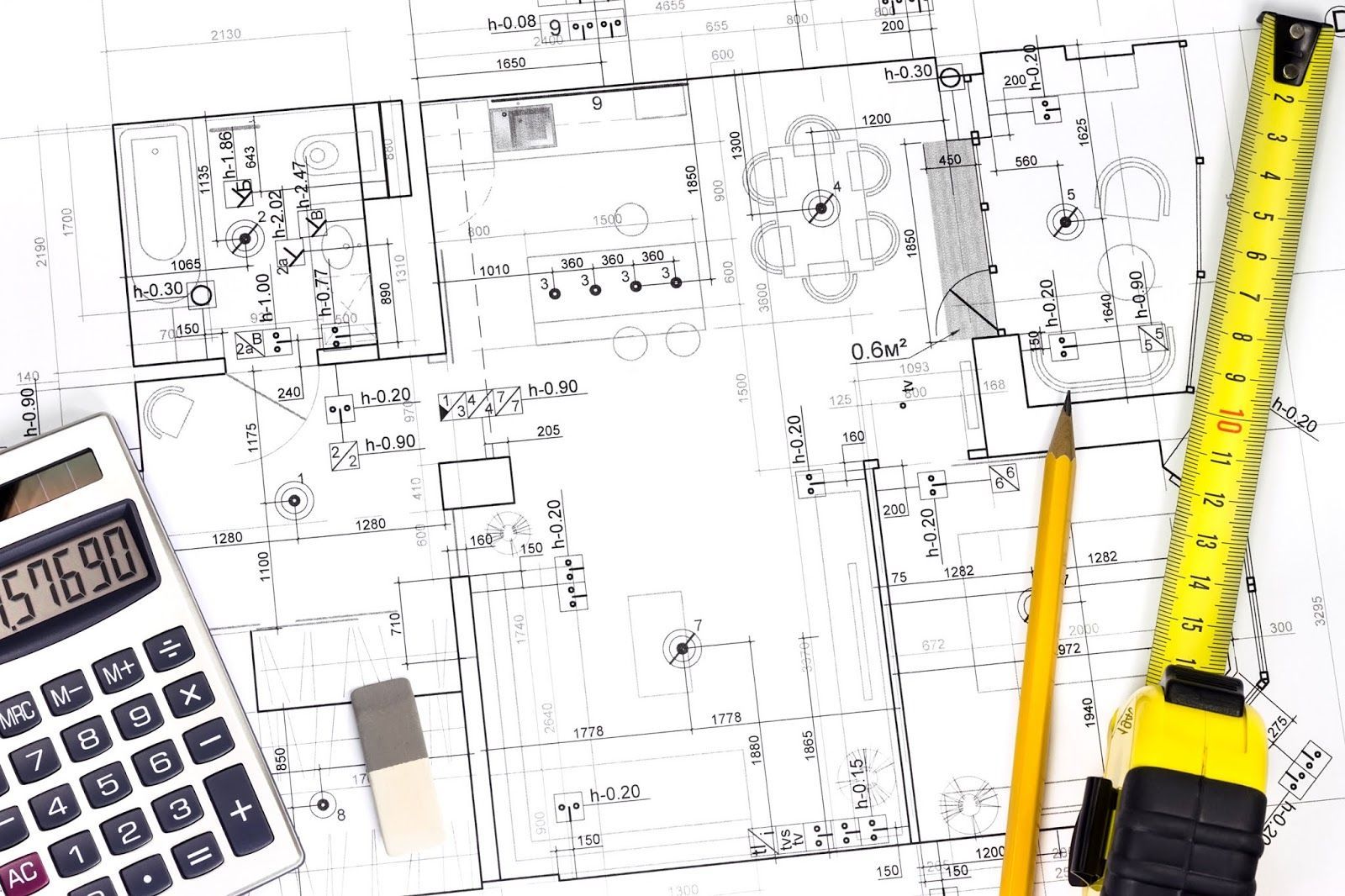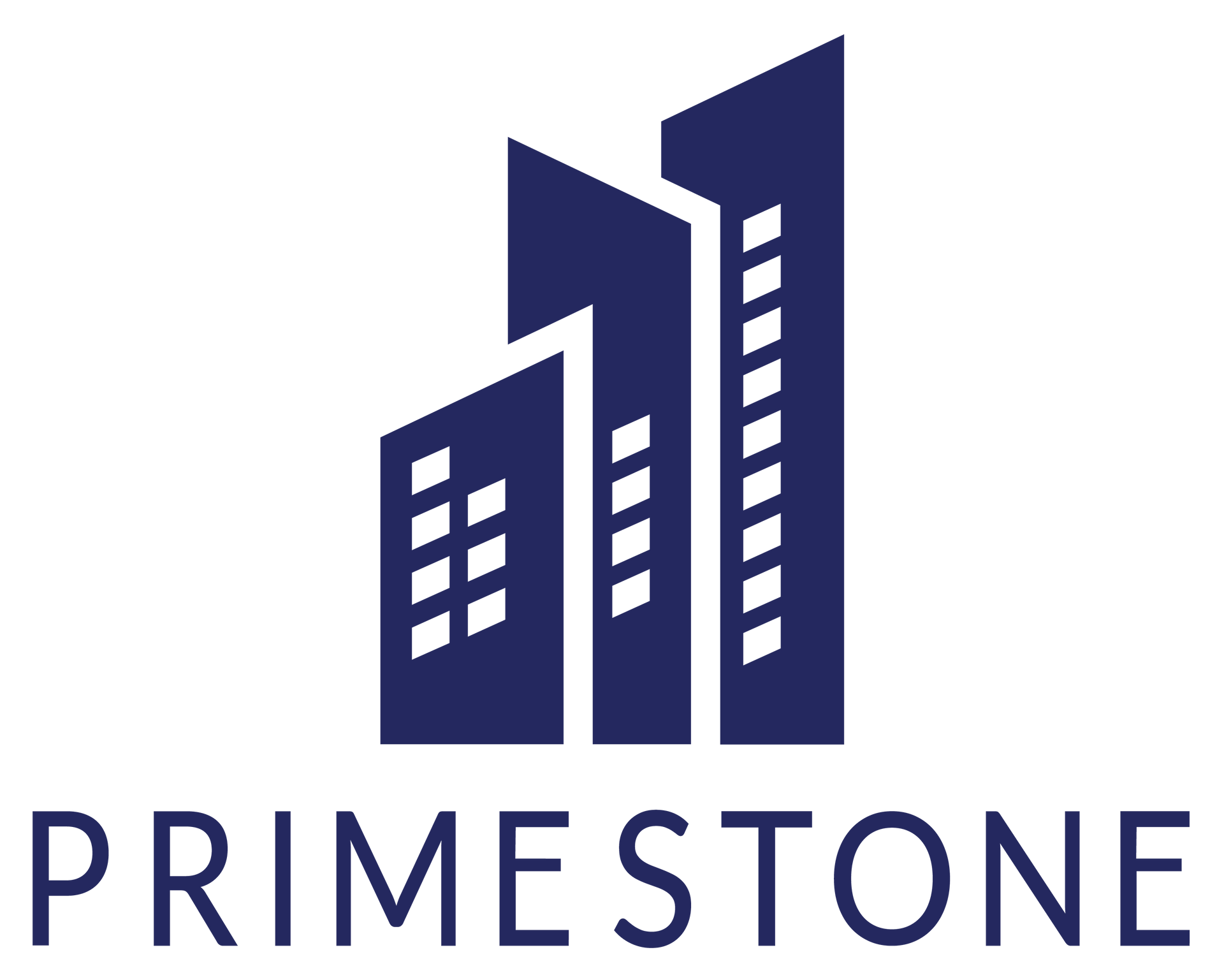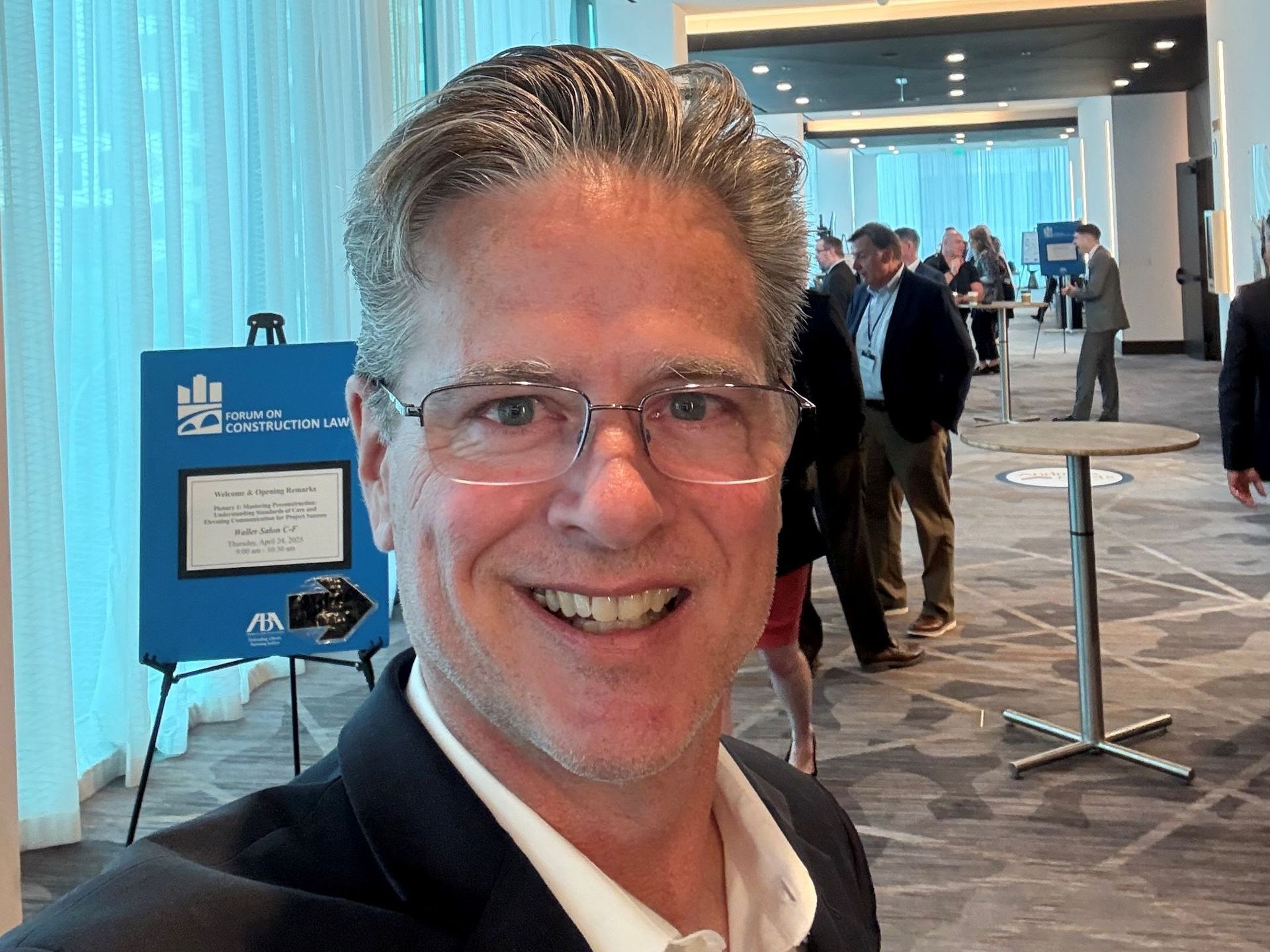My Experience at the ABA Forum on Construction Law 2025 Annual Meeting
By: Dan Copeland, Senior Business Development Executive
I recently had the opportunity to attend the ABA Forum on Construction Law's 2025 Annual Meeting in Austin, Texas. This meeting is always a highlight. The primary focus was on the critical issues facing contractors in today's market, and the sessions were incredibly informative.
A major takeaway for me was the emphasis on pre-construction services. It's clear that these services are no longer just a nice-to-have; they're essential for the success of modern construction projects. The panelists provided valuable insights into best practices, the importance of clear communication, and the challenges involved in this crucial phase.
The meeting also featured a wide range of other relevant topics, including productivity and disruption claims, subcontractor relations, surety issues, and delegated design management. The content was top-notch, and I left with a wealth of knowledge to apply at The Primestone Group.
But beyond the educational value, what truly struck me about this conference was the atmosphere. It seemed less like a formal conference and more like a reunion of old friends. Many of the attendees have been involved with the ABA Forum on Construction Law for a long time, and catching up with familiar faces is always a pleasure. For me, it was more than just a professional gathering; it was a chance to reconnect with people I've known and respected for years. Seeing familiar smiles, shaking hands with colleagues who have become friends, and feeling the warmth of this close-knit community of lawyers was truly special. The whole experience was incredibly inviting.
In addition to the sessions, the conference provided ample networking opportunities. I connected with colleagues from across the country, as well as vendors and experts in the construction industry. These connections are invaluable, and I'm grateful for the chance to have made them.
The 2025 Annual Meeting was more than just a conference; it was an experience. I came away with new knowledge, valuable connections, and a renewed sense of enthusiasm for my work in construction law. I'm already looking forward to the next one!
